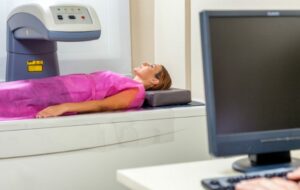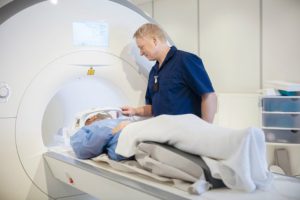Services
CT Scanning
Our expert radiographers use low-dose radiation CT scans to create diagnostic 3D x-ray cross-sections of the body from multiple angles.

Patient Guide
How to prepare for your CT scan
- Different types of CT scans may require various preparation or fasting. Please call or drop into one of our convenient practice locations before your scan, and we’ll provide your preparation information.
What to expect during your CT scan
- Once you arrive at the practice, we show you to the CT suite, which features modern CT technology and specialised low-dose software, limiting your radiation exposure.
- The CT scan normally lasts for half an hour or less.
- The CT scanner is a large, stationary machine with a wide central circular opening. Our expert radiographer will ask you to lie on the bed, which slides through the opening into the scanner.
- During your examination, the scanner rotates around you without touching you. You’ll probably hear whirring or clicking noises while our radiographer moves the scanner and takes your images.
- During your scan, you’ll be able to communicate with the technician through an intercom system. We may ask you to hold your breath for a short time to capture the most precise images possible.
- Sometimes, we use a contrast dye to help us gain clearer images of particular body parts. We give this contrast dye orally or intravenously.
Our CT scan locations
OUR INSIGHTS
Read our articles and FAQs
We’re delighted to provide updates on the latest medical imaging technology and answer your most frequently asked questions about our services.









